Unfinished Business
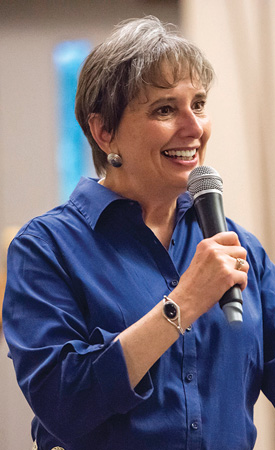
Rubin at her public speaking event, “Laughing in the Face of Death: Funny Films for Funeral Planning.” Photos by Pete Vidal.
“Just as talking about sex won’t make you pregnant,” says Rubin, “talking about funerals won’t make you dead—and your family will benefit from the conversation.”
Funeral industry research indicates only 25 to 30 percent of adults do any funeral planning or end-of-life preparation, including wills. Rubin’s goal is to increase that number to 70 percent readiness. Her target demographic is the 77 million Baby Boomers (adults born between 1946 and 1964), of whom she is a member.
During her time as the Doyenne* of Death®, a certified thanatologist (death educator), and funeral celebrant, Rubin has helped hundreds make final exit plans.
“It’s not morbid. It’s a consumer issue,” says Rubin. “A funeral is one of the top five event expenses a family will incur, similar on scale to weddings and bar mitzvahs—but it remains the party no one wants to plan.”
Without directives or experience, surviving family members are often faced with making decisions in an area they know little about. They contact the local funeral home and the newspaper, but they have no idea what anything is going to cost. Some may guess about what the deceased would have wanted, or worse yet, may overspend out of guilt. Some refuse services based on costs. Like any life event with a significant financial impact, getting price quotes and shopping around can pay off—in savings and peace of mind.
“It’s so much easier to talk about finances, insurance, and disposal of body options when death seems far away and you can still laugh about it,” says Rubin.
Burial plots that cost $1,000 30 years ago in Virginia, where her parents bought, now cost $5,000. Interment expenses (opening and closing the grave, a liner, marker, etc.) may add another $3,000 or more. Cremations recently surpassed the 50 percent rate for the first time in the United States, and Rubin believes cost is a contributing factor. Baby Boomers are showing interest in trends like green funerals and home funerals, for reasons that include environmental sensitivity, cost, and level of participation. The growing menu of options drives the need for conversation like never before.
Rubin discovered the public’s interest in funeral and estate planning while writing a monthly feature for the Albuquerque Tribune. Her “Matchings, Hatchings, and Dispatchings” articles drew more reader response than those on wedding planning and other celebratory life events. She published her first book, A Good Goodbye: Funeral Planning for Those Who Don’t Plan to Die, in 2010. It received the Best of Show award in the 2011 New Mexico Book Awards and was a finalist in the family and relationships category of the national Book of the Year Awards.
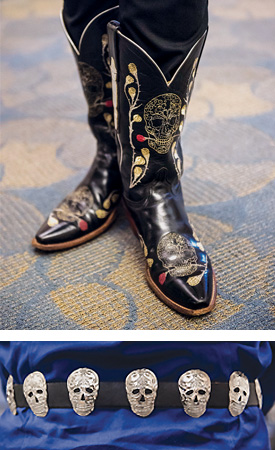
Rubin’s style choices for events reflect her unique take on talking about death. Instead of traditional business attire she takes the platform in black cowboy boots with skulls and roses and a western-style leather belt adorned with silver skulls.
“I witnessed pretty amazing things,” she says.
At a biker funeral paid for by the Bandido Motorcycle Club, a procession of 78 bikers followed the deceased, a Navy veteran, from the funeral in Albuquerque to the national cemetery in Santa Fe. The hearse was a three-wheeled motorcycle pulling a glass-sided trailer. She also attended a memorial luncheon at a bowling alley bar. Friends of the deceased planned the event when they learned his family was not going to hold any kind of service.
“People don’t always realize that funerals are for the living,” says Rubin. “When someone says they don’t really care about what happens when they go, think of all the different circles of influence we have. When the fabric of our lives gets torn, people from all those circles come together. It can be quite moving.”
Rubin also urges people to deal with their worldly goods before it’s too late. In her latest book, KICKING THE BUCKET LIST: 100 Downsizing and Organizing Things to Do Before You Die, she lists specific ways her readers can face their parents’ estates and their own downsizing. With wisdom from the Buddha, the Bible, estate planners, funeral directors, and the Internet, her advice includes “Appraise the House,” “Minimize the Multiples,” and “Cut Down on Kitchen Crap.”
“Even people who plan to live forever might plan to move at some point. Depending on where you’re going,” she says, “you can’t take it with you.”
On a recent visit to Rockville, Rubin spoke at Congregation Beth Ami. Her “Laughing in the Face of Death” talk was part of the congregation’s monthly Live and Learn speaker series. Her attire for the evening event—a tailored blouse paired with a skull-accented leather belt and black Lucchese cowboy boots with inlaid skulls and roses—hints at her signature approach to discussing death: with humor.
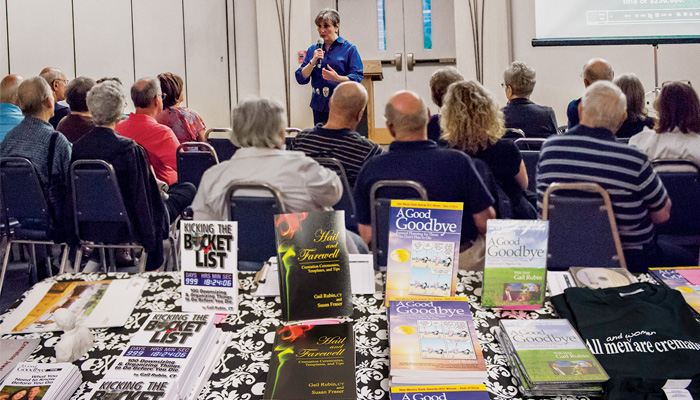
Rubin makes her advice portable a la books, DVD, and even a T-shirt (“All men [and women] are cremated equal”).
She opens with a short video she calls “the sizzle reel.” She has produced a series of videos with scenes from TV programs and major Hollywood films, including Monty Python, The Princess Bride, Young Frankenstein, The Six Wives of Henry Lefay, Elizabethtown, The Bucket List, and About Schmidt. Through clips from famously funny scenes, Rubin exposes the elephant in the room without saying a word.
“Scenes like the one from The Big Lebowski,” she says, “where John Goodman scatters the ashes, allows us to laugh. Laughter, as we know, releases endorphins into the bloodstream, which relieves stress. It just helps everyone relax before we get to the serious business ahead.”
The scene in which the Lou Grant character in The Mary Tyler Moore Show tells his newsroom pals: ‘I don’t want anybody to make a fuss. When I go, I just want to be stood outside in the garbage with my hat on,’ opens the door to making wishes known.
When the lights come up, Rubin grabs the crowd’s attention: “Modern medicine is good,” she tells them, “but there is still a 100-percent mortality rate.”
—Diane Bosser
More About the Doyenne of Death
A 1978 graduate of MC (radio, TV, and film), Rubin worked as a TV producer with C-SPAN on Capitol Hill, booking guests for the network’s call-in program. In 1985, she transitioned into public relations and moved to New Mexico in 1990. She has written a total of four books (two award-winning), hosted a TV series on the local public access channel (Albuquerque), and was a TEDxABQ speaker on end-of-life planning. She created the Newly-Dead Game® (2011), based on elements of the Newlywed Game TV show, which tests couples’ knowledge of their partner’s last wishes. Currently, she hosts a podcast, FuneralRadio.com, and conducts numerous seminars and speaking engagements. She has lived in Albuquerque for 26 years. She is also a breast cancer survivor.—Diane Bosser

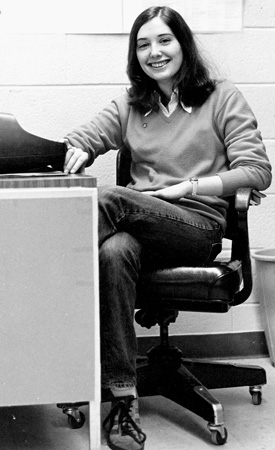
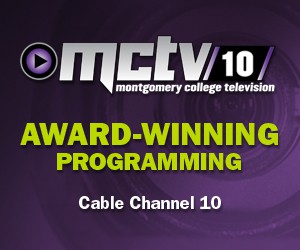
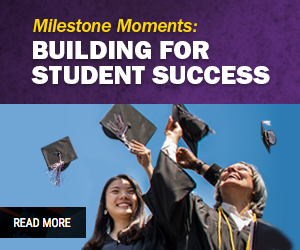
Too many people miss the opportunity to say goodbye because they avoid talking about death. Clarifying final wishes is the most important part of funeral planning and it is the best way to fulfill your last wishes. It also helps your family to live with memories of you with them along with this pre funeral planning enables you to arrange your funeral ceremony. You can send letters, wishes, gifts to your family members or loved ones. By planning you can tell our family whether you want to be buried or cremated. Planning funeral is helps the person itself and his/her family to live with memories.